Kia Sportage: Rheostat | Front Fog Lamps | License Lamps
Repair procedures
Inspection
1. Disconnect the negative (-) battery terminal.
2. Remove the crash pad lower panel.
(Refer to the BD group - "Crash pad")
3. Remove the crash pad side switch assembly (A) after loosening 2 screws.
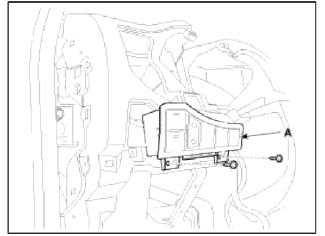
NOTE
Put on gloves to protect your hands.
4. Remove the side crash pad switch after disconnecting the connectors (A).
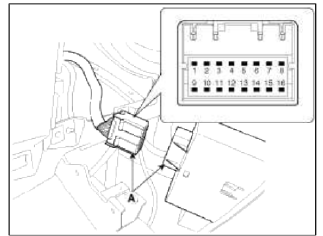
5. Operate the switch and check for continuity between terminals with an ohmmeter.
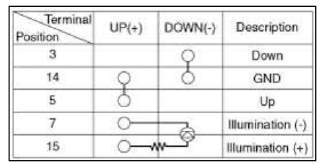
Front Fog Lamps
Repair procedures
Inspection
Front Fog Lamp Switch
1. With the fog lamp switch in each position, make sure that continuity exists between the terminals below. If continuity is not as specified, replace the multifunction switch.
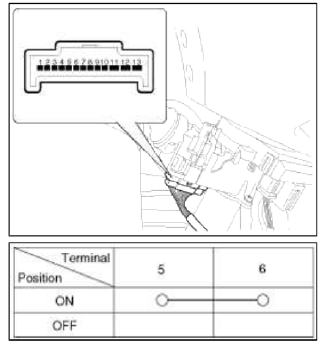
Removal
1. Disconnect the negative (-) battery terminal.
2. Remove the front bumper.
(Refer to the BD group - "Front bumper")
3. Remove the front fog lamp (A) by turning in the counterclockwise direction after disconnecting the connector.
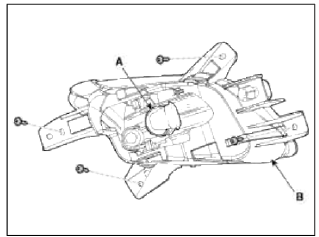
4. Remove the front fog lamp (B) after loosening the screws.
Installation
1. Install the front fog lamp bulb.
2. Connect the front fog lamp connector.
3. Install the front bumper.
License Lamps
Repair procedures
Removal
1. Disconnect the negative (-) battery terminal.
2. Remove the lens (A) and license lamp (B) after loosening 2 screws.
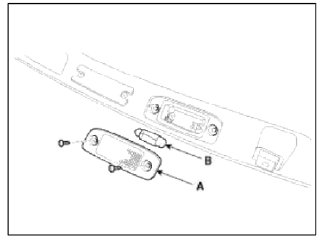
Installation
1. Install the bulb.
2. Install the license lamp lens.
READ NEXT:
 High Mounted stop lamp | Luggage Room Lamp | Rear combination lamp
High Mounted stop lamp | Luggage Room Lamp | Rear combination lamp
Repair procedures
Removal
High Mounted Stop Lamp
1. Disconnect the negative (-) battery terminal.
2. Remove the tailgate trim.
(Refer to the BD group - "Tailgate")
3. Remove the spoile
SEE MORE:
 Emergency Braking
Emergency Braking
Emergency Braking
The warning message, and an audible
warning will warn the driver that emergency
braking will be assisted. The
brake assist will be activated and it helps
avoiding collision of a vehicle.
Emergency Braking will be activated in
following conditions.
Vehicle speed:
 Crash Pad
Crash Pad
Components and Components Location
Components
Main crash pad assembly
Crash pad side cover
[LH]
Crash pad side cover
[RH]
Cluster fascia panel
Reinforcing panel
Crash pad lower panel
Center fascia panel
Crash pad garnish
Glove box housing
Glove box
Cowl cross bar
Content
- Home
- Kia Sportage - Fifth generation (NQ5) - (2022-2026) - Owner's Manual
- Kia Sportage - Second generation (JEKM) (2005-2015) - Body Workshop Manual
- Kia Sportage Third generation (SL) - (2011-2016) - Service and Repair Manual
- Sitemap
- Top articles